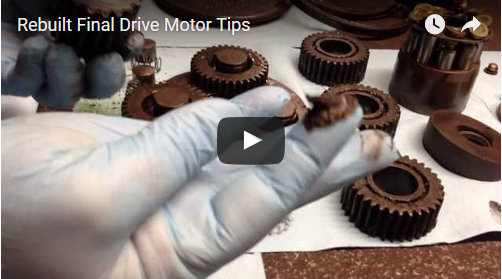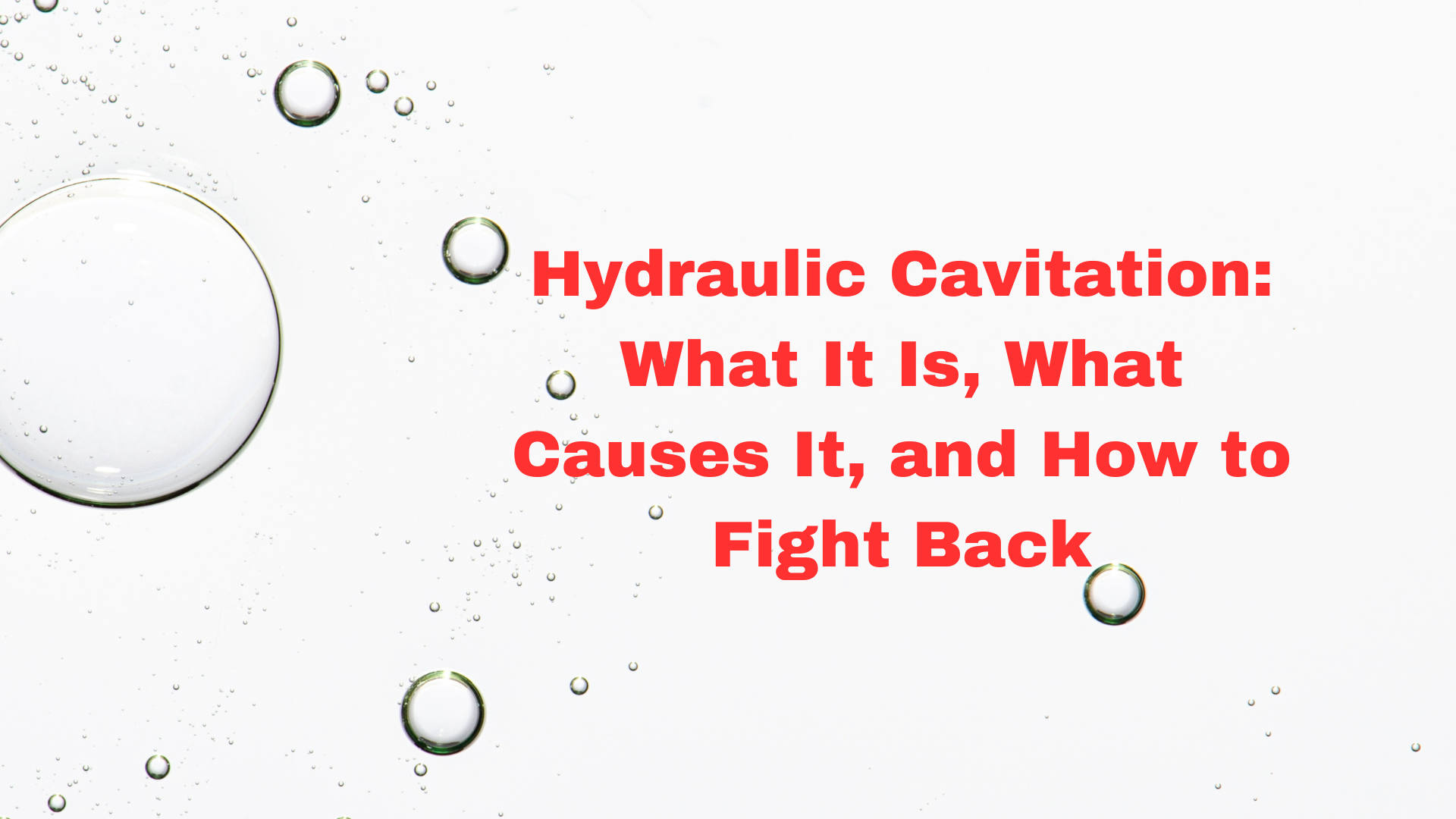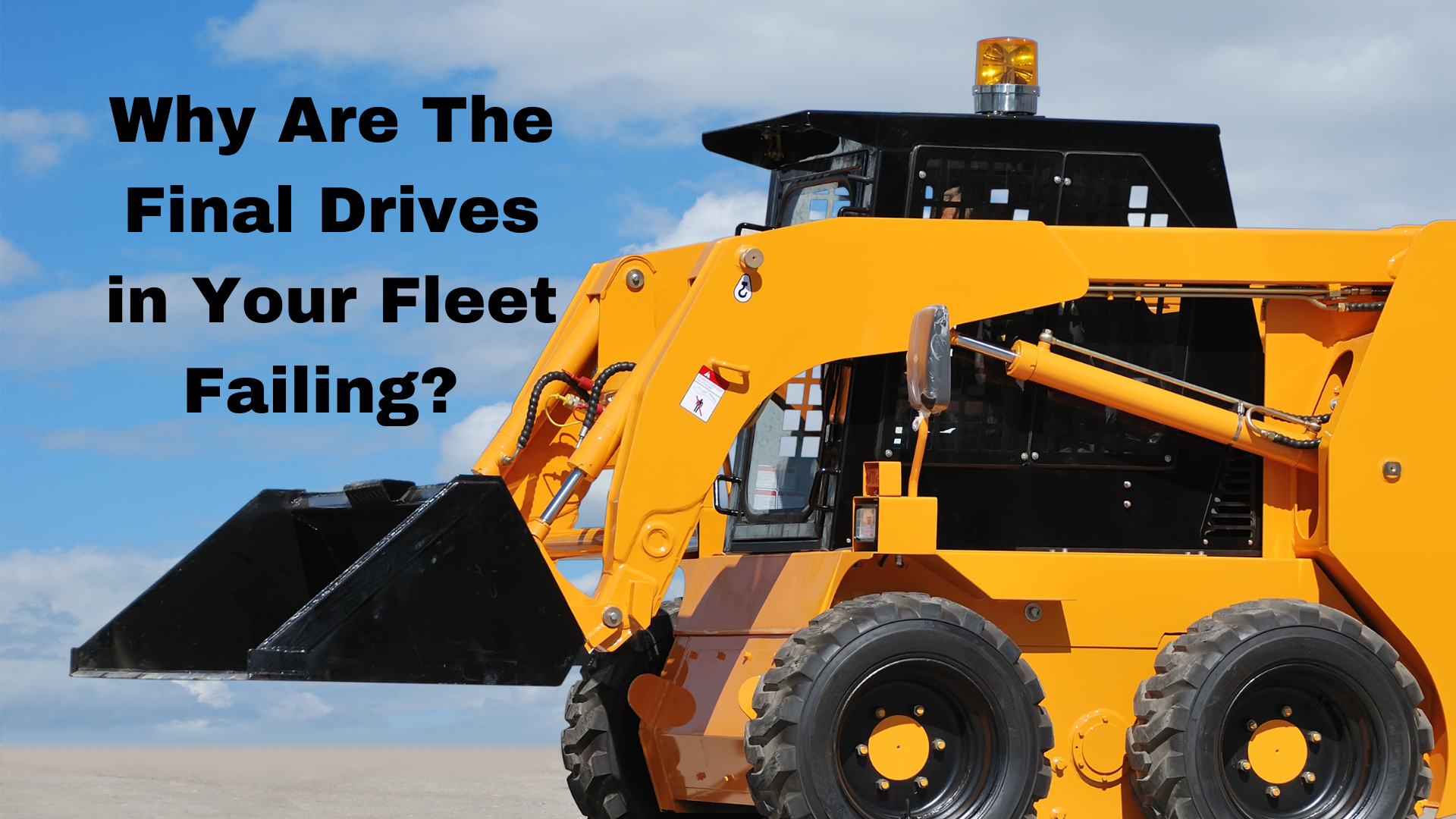Final Drive Floating Face Seals
Nov 3rd 2017
The Importance of the Floating Face Seal in a Final Drive
The floating face seal is a key component in the operation of your final drive. It sits against the hub, and that seal is all that holds the bearing oil on the planetary side of your drive while keeping damaging contaminants out. If it isn’t maintained, your final drive or travel motor will be damaged.
How does the Floating Face Seal Work?
The floating face seal goes by a few different names: the main seal, mechanical face seal, lifetime seal, toric ring, or dual cone seal. These seals have been designed to survive the extreme conditions encountered in construction and earth-moving equipment – but they aren’t indestructible.
The assembly of a floating face seal is made up of two matching halves. Each half has a seal ring (usually white iron) and toric elastomeric ring, which acts as a secondary sealing element. One face of the seal ring has been precision ground/lapped to mate with the matching face on the opposite seal ring, providing the seal. The elastomeric ring forces the two seals halves together and provides an external seal.
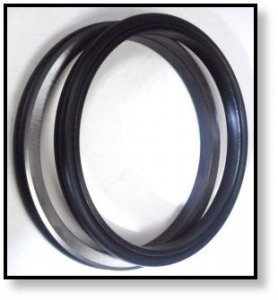
What Happens When the Main Seal Fails?
A leak behind your sprocket means that the floating face seal is no longer doing its job. It is allowing the gear oil, which is necessary for the lubrication of key bearings and gears, to leak out of the planetary side of your final drive.
What may be even worse is that when the main seal fails, all of the mud, sand, silt, dirt, dust, sludge, and debris that has built up in the undercarriage and around your final drive now have access to your gears and bearings. Those contaminants mix with the gear oil and form a thick and often smelly sludge. That sludge does the opposite of lubricating the gears and bearings, leading to even worse, catastrophic damage to the final drive. That is every final drive’s worst nightmare!
What Causes the Floating Face Seal Failure?
The seals have a limited life, so a face seal failure might be caused simply by old age: the seal could have exceeded the number of hours it was rated for. Another more common cause for failure is that seal offset due to exposure to contaminants. In other words, so much debris got packed in and around the outside of the face seals that the debris gets pushed into places when it does damage to the rest of the drive motor. This “packing” damages the o-rings first, then the seals, and finally the final drive. This results in that sludge we just mentioned.
When the gear oil levels are low, our initial instinct is just to top off the oil level and keep going. However, this is not always the best thing to do. If the gear oil levels are low because of a leak, that leak needs to be addressed before even more devastating damage occurs.
Preventing Failure
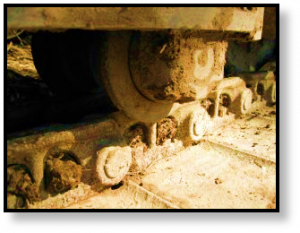
So … what is the best way to make sure the floating face seals don’t fail before their service life is over? The best solution is easy, and doesn't cost much money: clean the undercarriage of your machine with a pressure washer. Just a little bit of maintenance can save you thousands of dollars in the future.
If it seems that you are having to top off the gear oil too often, you might have a leak, and it might be time to take a look at the face seals. Don’t EVER neglect leaks!

